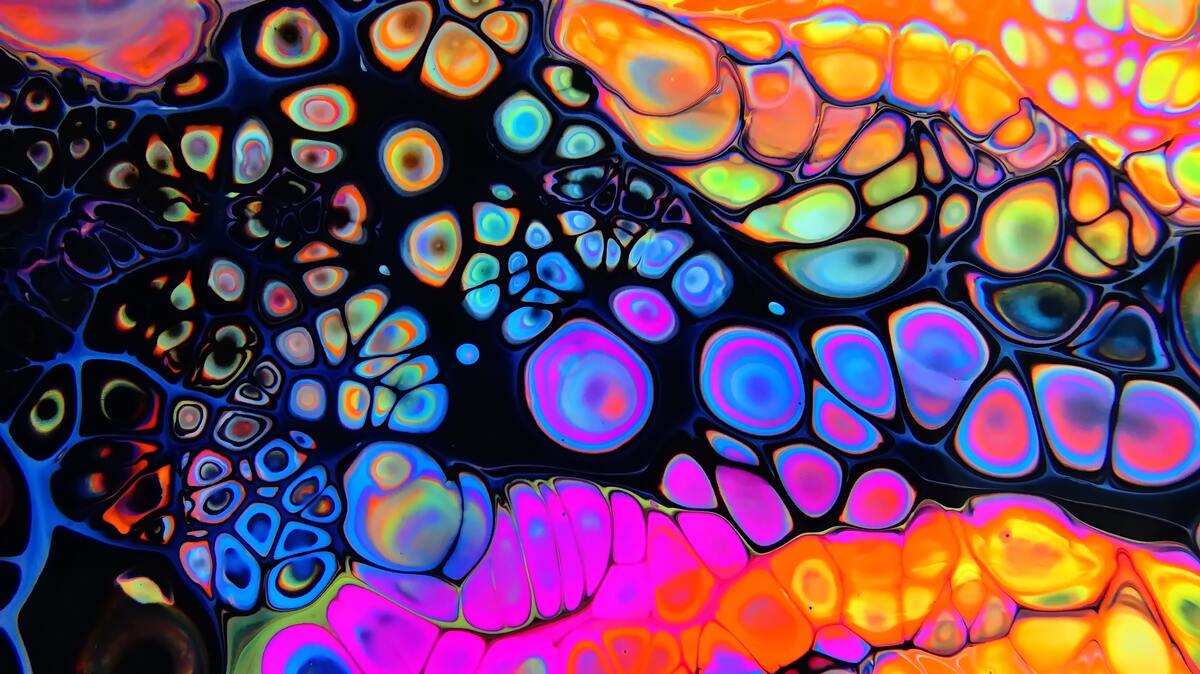Luminance Explained – What Is It & How Does It Affect Your Photos
Rent film gear from local filmmakers.

Rent film gear from local filmmakers.
Luminance is an attribute that is featured in pretty much every photo editing app out there. But, what is it, and what does it do?
Don’t fret if you’re confused- read on to find out what luminance is and how you can add it to your post-production editing toolbook.
Do you want to learn all about photography too? Head on over to our page on photography.

What is luminance?
Luminance, in essence, is how bright a surface appears.
The degree of luminance in a specific color tells you how much light or brightness is emitted from its surface.
When you bring up the brightness of your color, this adds more white into the mix- keep in mind that luminance and brightness are different!
You can learn more about brightness in color and color-correcting your photographs here.
Every image you take has millions of colors in it- each one has its luminance values and sits somewhere in the range of black to white.
Luminance histograms
Luminance histograms are generally more accurate than RGB histograms at describing the perceived brightness distribution in an image.
Brightness distribution (or luminosity) accounts that our eyes are more sensitive to green light than red or blue light.
How is a luminance histogram produced, then?
- First, each pixel is converted to represent a luminosity based on a weighted average of the three colors at that pixel (Red, green, and blue.)
- Once all of the pixels have converted into luminosity, we can produce a luminance histogram. We can do this by counting how many pixels are at each brightness. This is identical to how a histogram is produced for a single color.
- Do note that Luminance histograms will keep track of the location of each color pixel and won’t show pixels anywhere near their full brightness, whereas RGB histograms don’t.

What is the difference between hue, saturation, and luminance?
When editing an image one of the most important things you’ll want to toggle with is color. The three most prevalent qualities are hue, saturation, and luminance, or HSL. Here is a quick breakdown of what they are:
Hue
The hue is quite literally the color itself. You can choose any color under the sun, and it will be represented numerically as a hue value.
By changing the hue in a photo, you can switch red to blue, green, brown, etc.
Saturation
Saturation is a measure of how deep or powerful color is. The higher the saturation, the less gray tones are present- this means the color is in one of its more dominant values. The lowest saturation possible will be completely gray.
Luminance
Luminance measures how much white or black is present in color. The higher the luminance, the brighter your color will be the maximum luminance is a pure, bright white.
The lower the luminance, the darker your color will appear until it reaches pure black.

Up next: What is chrominance?
Now that you’re a certified genius on luminance, it’s time to discover and compare your knowledge with chrominance.
You can check out our page on chrominance here to get started.
What is luminance?
Luminance is how much white or black is mixed into a color. When you set this to 100%, it will turn white. If you set it to 0%, it will turn black.
What is luminance in photography?
Luminance is an essential attribute in editing photographs. It measures the luminous intensity of an area: quite literally how bright or dark it appears.























